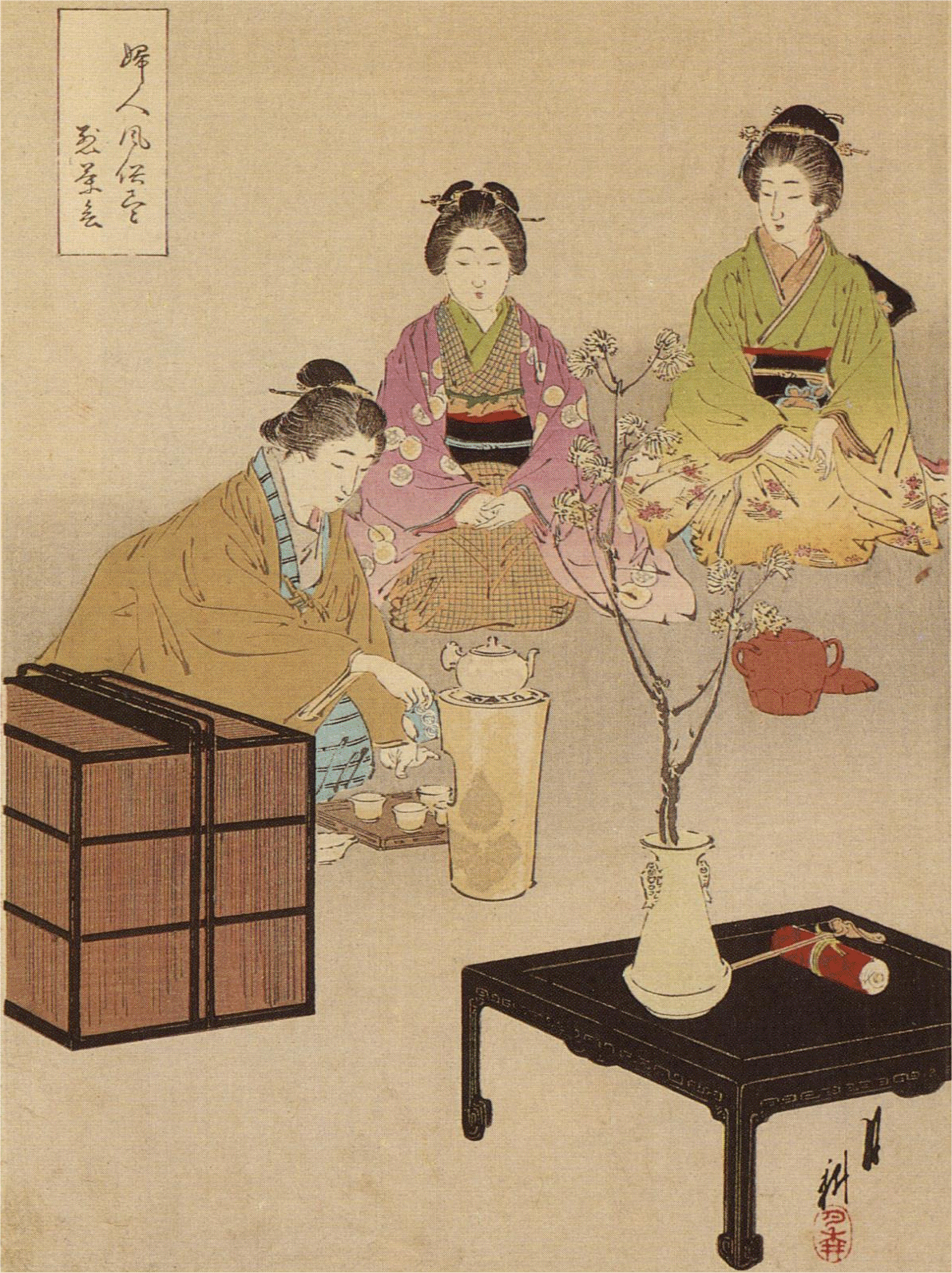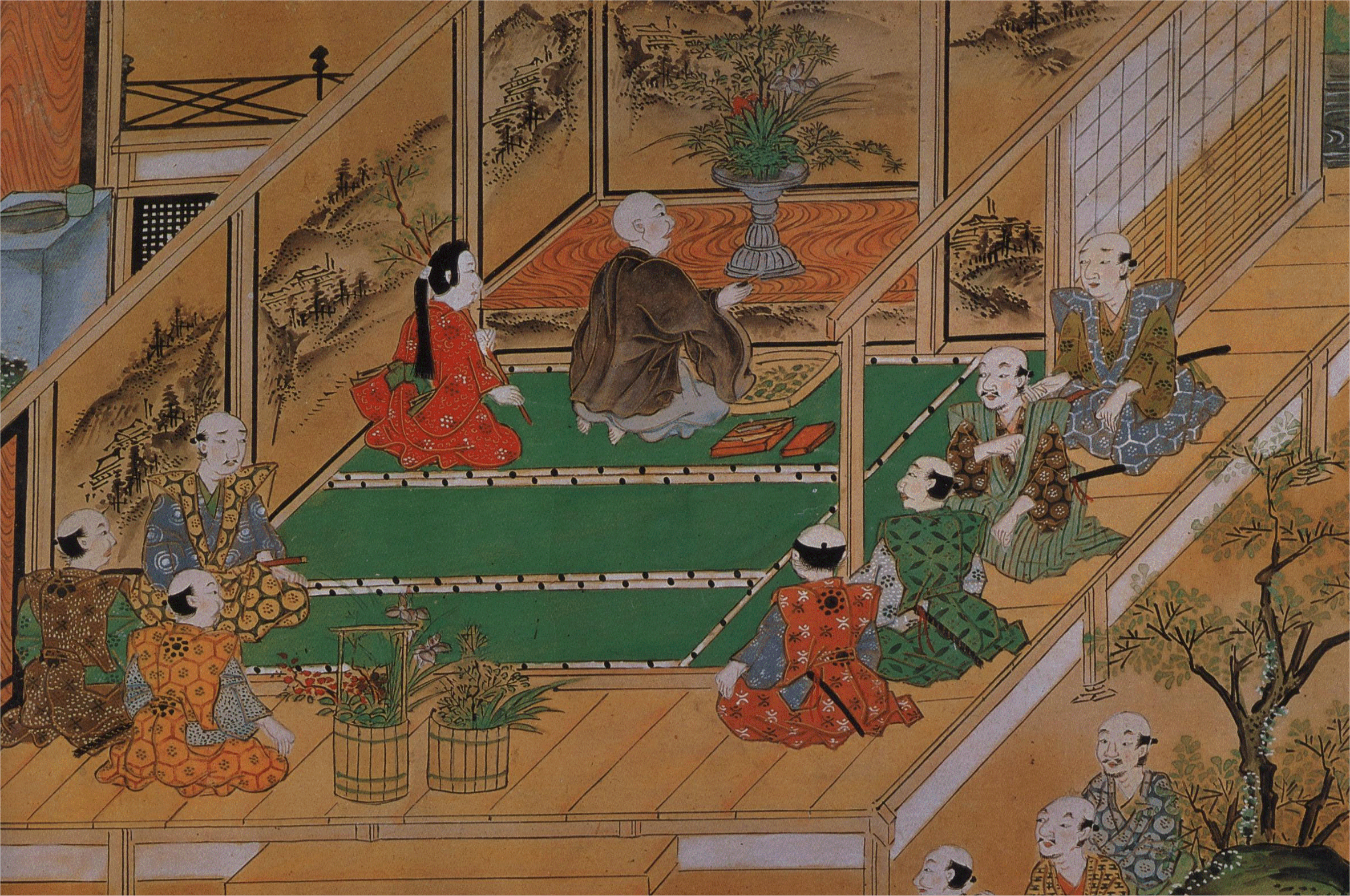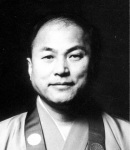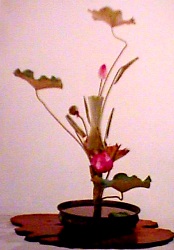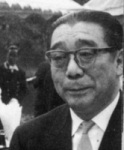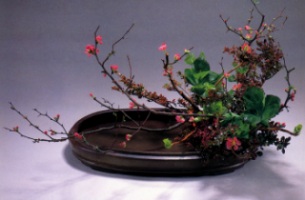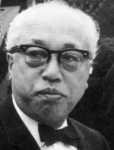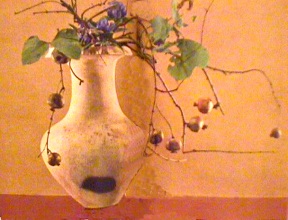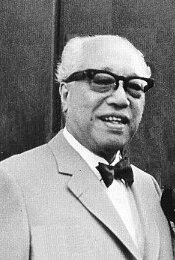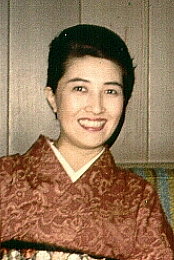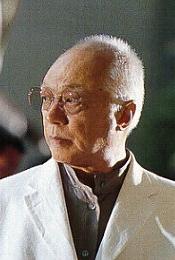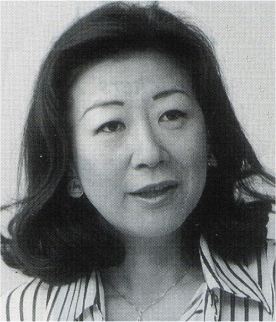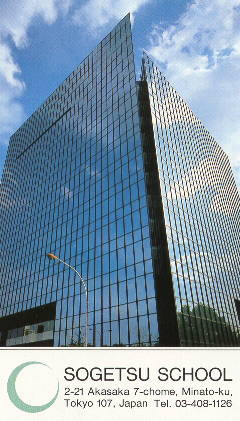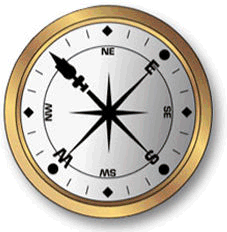The History Of Ikebana
Ikebana, or the Japanese art of flower
arrangement, is an important element of traditional Japanese culture. Although
Ikebana itself extends back to ancient times, standardized styles did not emerge
until the end of the 15th century, when they came into use for decorating the tokonoma
alcoves that were becoming a standard part of Japanese architecture. In the
centuries since, a variety of styles and schools have emerged, reflecting historical
developments, such as the growth in the popularity of the tea ceremony, the
emergence of new cultural pursuits, and, in recent times, the influence of Western
culture.
The development of vases and other containers is closely linked with the growth
of ikebana. At first, pottery, earthenware, and metalware from China were
prized, but the subsequent extension of those overseas techniques into distinctively
Japanese production methods had a significant influence on the development
of ikebana. Ikebana vases and containers cover a wide range of forms and
designs, and many materials are used in their production. In addition, many different
techniques for forming, coloration, and firing are also used.
